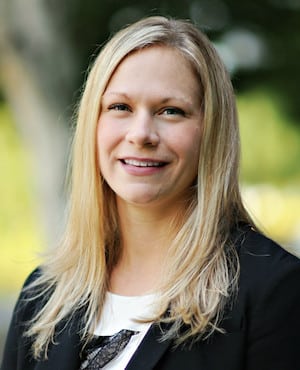
Persistently low bond yields have pension plans in a bind.
“You can’t have it both ways. You’ve either got to accept lower returns or take more risk,” said Andrew Russell, director of fixed-income investments at Pension Boards – United Church of Christ. “The key is to take only as much risk as you’re comfortable with given your economic and market outlook, and being able to stomach the downside should the winds shift significantly – i.e. via a market upset by a Fed policy mistake.”
He added, “At the very least we know that monetary policy transitions are volatile, so while the sea looks calm for the moment a good sailor prepares for the storm. From a longer-term perspective, now is not the time to be adventurous.”
PBUCC offers members a defined contribution plan which includes eight investment fund options commensurate with different levels of risk, including a bond fund and a stable value fund. The bond fund uses a core-satellite approach to fixed income investing that consists of four separately managed strategies compiled into one fund.
The Pension Boards Bond Fund is $1.1 billion. Pension Boards’ fixed income assets total $1.55 billion.
Not surprisingly, the reach for yield comes with a commensurate increase in risk. For defined contribution plans such as PBUCC, lower rates over a longer period of time will result in lower investment returns and thus lower benefits.
“We too have been challenged by this market circumstance,” Russell said. “Perhaps unlike others who have increased portfolio duration or aggressively ventured into fixed-income alternatives, we are quite mindful of the attendant risks that come with investing in bonds at uncomfortably low yields.”
As a long-term investor, PBUCC is addressing the reality of lower rates by diversifying its bond portfolio into other fixed income sectors without increasing portfolio risk with the use of leverage or derivatives. “Importantly, we continue to manage the expectations of our members during these challenging times for fixed income investors,” Russell said.
Pension plan sponsors, like all stewards of institutional capital, are faced with difficult decisions in the face of this prolonged low yield environment, Ashlee Moehring, director at Sellwood Consulting, an institutional investment adviser, told Markets Media. “Our research focus at Sellwood leads us to be realistically pessimistic about the return prognosis for fixed income, and capital markets generally on a go-forward basis,” she said.

Ashlee Moehring, Sellwood Consulting
For public pensions and Taft-Hartley pension trusts, where funded status remains tied to an actuarial rate of return hurdle, this presents the difficult decision of whether to reach for yield in the fixed income portfolio and/or take on more risk by rotating out of bonds into more volatile asset classes.
Many plan sponsors are taking this approach, said Moehring, addressing concerns of rising rates by reducing total fixed income exposure or transitioning the traditional fixed income portfolios they have into “unconstrained” or more credit-oriented strategies such as high yield, bank loans, and global opportunistic credit.
“While we do see merit in such strategies, we take heed in remembering the role that traditional fixed income is intended to serve in overall portfolio strategy,” Moehring said. Yield-seeking investment strategies “generally come with a higher correlation with equity markets, which in our view bear a much greater draw-down risk, and typically already represent the greatest contribution to risk in a pension portfolio.”
Featured image via emiliezhang/Dollar Photo Club
